| By: Paul S. Cilwa | Viewed: 4/18/2024 Occurred: 6/9/2020 |
Page Views: 711 | |
| Topics: #Coronavirus #Maui | |||
| In which I come out second in a fight with an edible plant. | |||
As an island paradise, Maui has every reason to want to keep its ecology intact as much as possible. As with all volcanic islands, every plant and animal here when the Hawaiians arrived by boat, had arrived via wind or waves, over 1000 miles from the nearest non-Hawaiian land.
Now, there's an odd bit of history that makes that statement more complex than it appears.
The actual Hawaiian islands are The Hawaiian Islands are the exposed peaks of a great undersea mountain range known as the Hawaiian–Emperor seamount chain, formed by volcanic activity over a hotspot in the Earth's mantle. That hotspot moves relative to the ocean floor, which is why the islands form an archipelago, an arc of extinct volcanoes plus one that is still very active.

The islands are about 1,860 miles from the nearest continent. They are also over a thousand miles from the nearest geographically unrelated island. This chain of islands developed as the Pacific Plate slowly moved northwestward over a hotspot in the Earth's mantle at a rate of approximately 32 miles per million years. Thus, the southeasternmost island, Hawai'i, is volcanically active, whereas the islands on the northwest end of the archipelago are older and typically smaller, due to longer exposure to erosion. (A new island is forming, Loihi, which includes two of the most active volcanoes in the world, Kilauea and Mauna Loa.) My island, Maui, is composed of two volcanoes; one extinct and one considered dormant. However, the West Maui mountains are quite eroded, while Haleakala on East Maui is more or less intact (still volcano-shaped).
All the Hawaiian islands are fewer than a million years old. East Maui (Haleakala) was formed around 30,000 years ago. All plants and animals here, arrived after that. The first human inhabitants are believed to be Polynesians in the 3rd century, followed by Tahitians in 1300 CE, who conquered the original inhabitants.
In 1778, Captain James Cook was the first European to note the existence of Hawai'i. He called them the Sandwich Islands after the Earl of Sandwish (who, yes, is the guy who invented the meal-in-one-hand convenience food we still enjoy today).
However, even though they are far distant, there are other, older, islands in the archipegao.
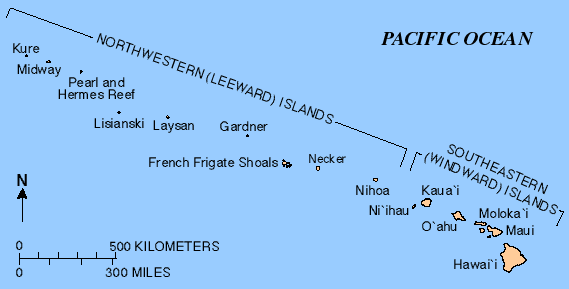
A group of islets and shoals was discovered, disasterously, by the French in 1786. Called the French Frigate Shoals, they passed into American hands when valuable bat guano was discovered there. The French didn't really want them and certainly didn't want to try and defend them so far from trade routes and their own navy. So now the Leeward Islands are considered to be part of Hawai'i.
The point, however, is this: That Hawai'i, 2300 miles from the nearest continental landmass, is arguably the most remote collection of islands in the world. The distance and remoteness of the Hawaiian archipelago is a biological filter. Seeds or spores attached to a lost migrating bird's feather or an insect falling out of the high winds found a place to survive in the islands and whatever else was needed to reproduce. Because of the narrowed gene pool, the newly-arrived species quickly evolved into multiple, specialized forms. Thus, Hawai'i is also home to more species that exist nowhere else in the world, than anywhere else in the world.
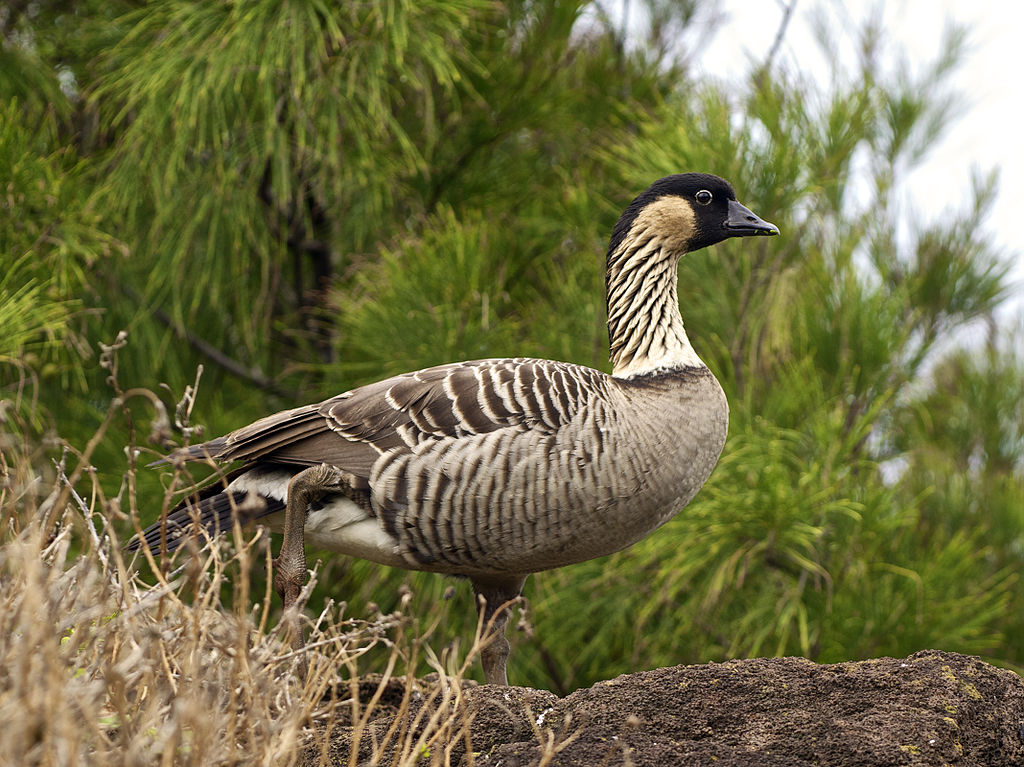
But then came people. The Polynesians and Tahitians brought with them pigs and rats. The rats quickly outcompeted a number of endemic species, driving them to extinction. But even more damage was done by European colonists, who brought with them any number of introduced species of animals and plants.
Hawaii is now actively attempting to eradicate so-called invasive species. Some of these species, for example the African Tulip Tree, are really pretty and tropical looking, and not terribly prolific, so while it is officially an invasive plant I see little reason to run around our 28 acres trying to kill them all.
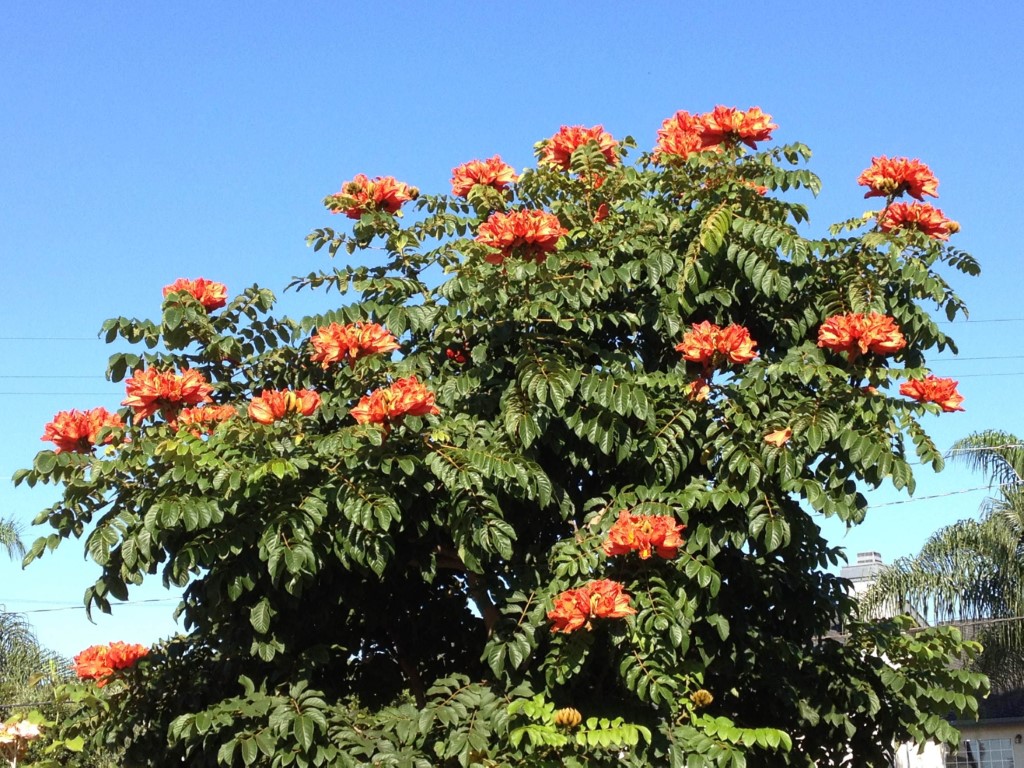
However, there is one invasive species of which I am not fond. It's officially Solanum torvum, but colloquially known as the Turkey Berry. It is extremely prolific. A perennial, it grows from its spreading roots so merely chopping them down doesn't kill them. Nevertheless, they grow so quickly that sometimes just cutting them down is the only feasible solution.
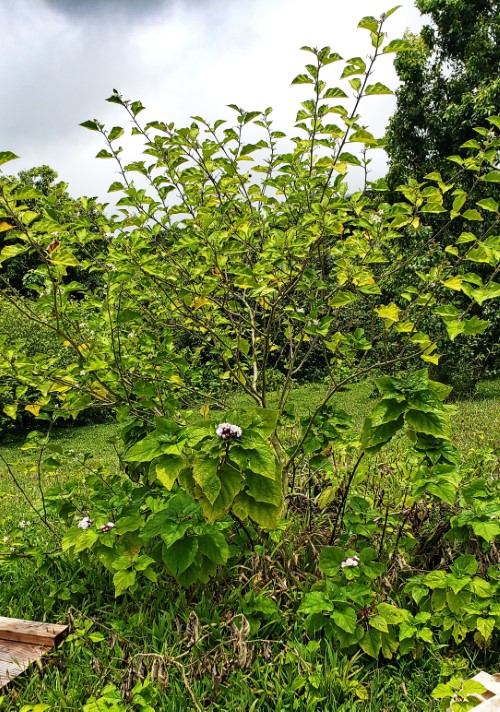
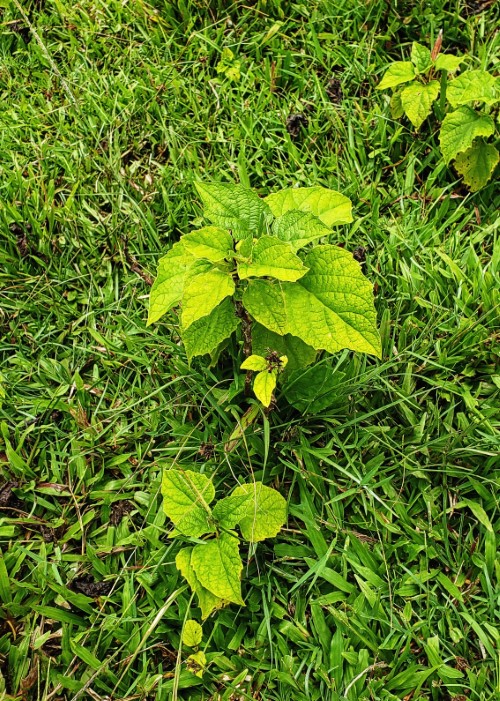
It's not that they aren't pretty. In fact, the berries are edible, used in a number of different Asian and Pacific cuisines.
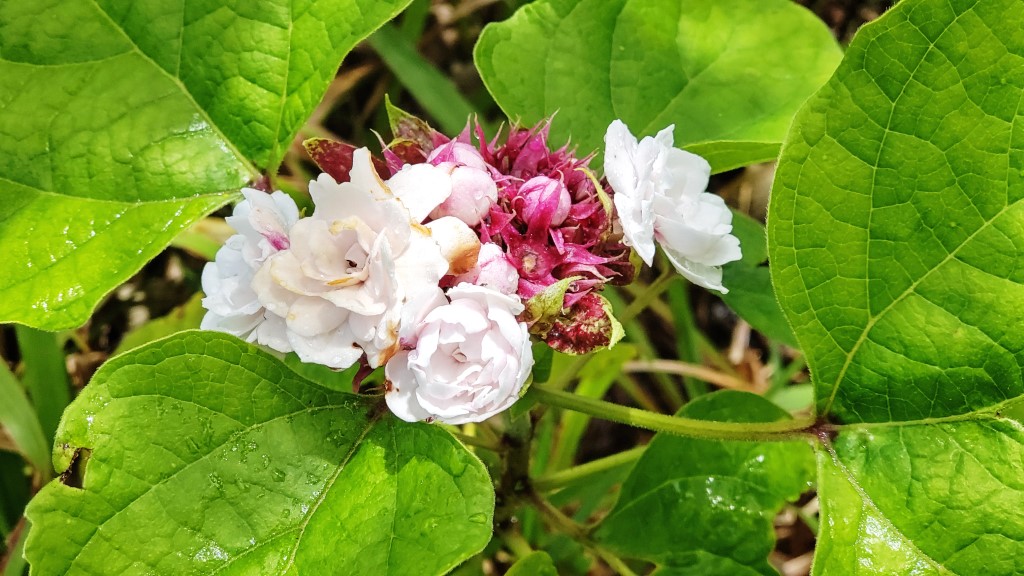
But the cows aren't interested in eating them, which would solve the problem. So they spread and spread, rapidly turning lovely meadows into thickets. Plus, the branches are festooned with thorns. And, left alone, the plants grow to 15 feet in height, creating a mess that only a plow could clear.
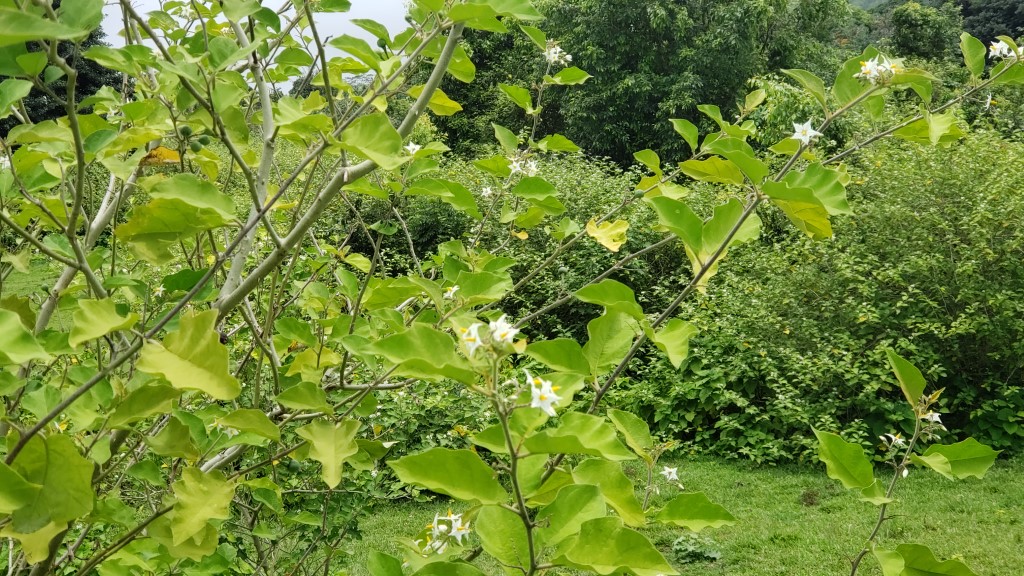
And so, fed up with all the weeds choking the area around our gate and Welcome flag, I decided to take the battery-operated trimmer and at least make the entrance to the property look a little more presentable.
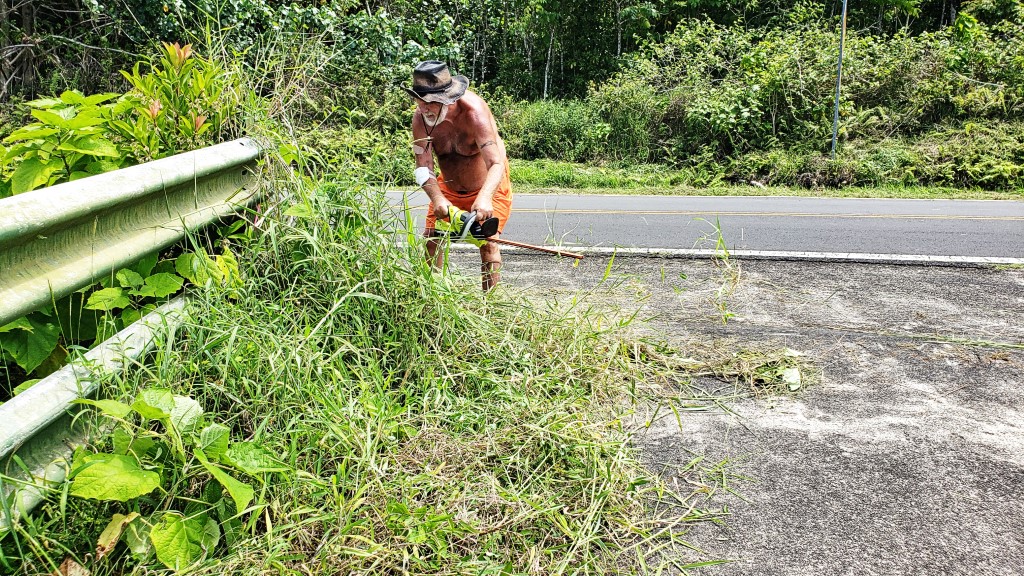
This is not something I've ever done before. After all, as a computer programmer, I've spent most of my adult life in an office chair. But it's oddly satisfying.
However, I did get dinged. Those thorns are merciless, which I suppose is why most people do plow up clusters of turkey berries.
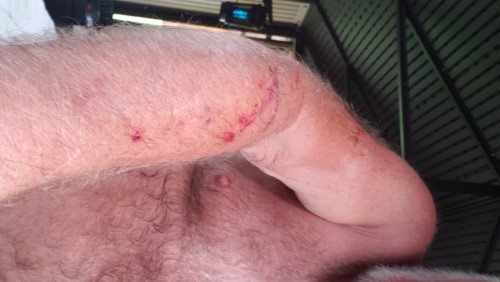
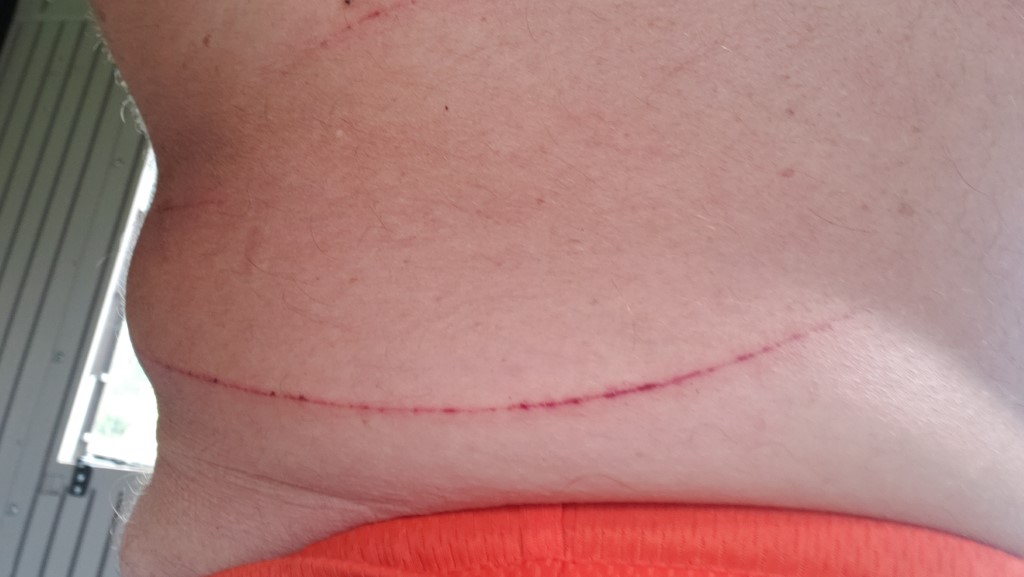
When I was a little kid, my mother would completely fall to pieces any time I cut or banged myself. This taught me to fear pain and discomfort. When my grandson, Zach, was a kid in MMA (Mixed Martial Arts, from which he emerged with a Black Belt), I was horrified when he got kicked or punched in a tournament. But he wasn't. MMA taught him to not fear pain.
So, I am happy to report, I see these dings are badges of honor, rather than awful things to be avoided at all costs.
This is not a permanent solution to the turkey berry issue, however. That is something we'll have to keep investigating.





